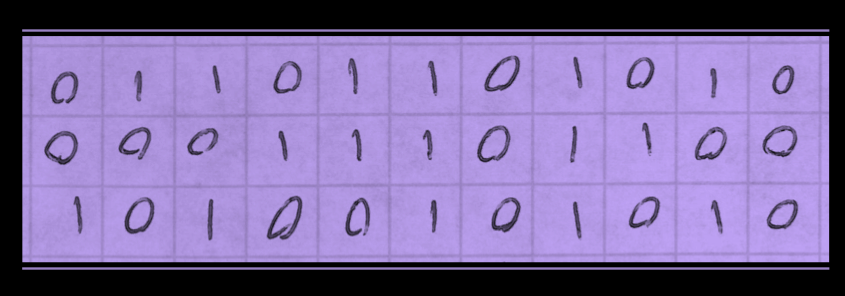Round 11: Machines that learn?

(How do we program a machine to identify zeros and ones in handwritten text?)
Learning objectives
In this round you will learn …
… that a computer can learn how to process data (for example, to classify data)
… that learning is the process of generalization from examples
… that learning is based on identifying regularities in the presented examples
… that two main classes of learning techniques are
supervised techniques that rely on auxiliary labels associated with the presented examples to articulate the regularity that needs to be learnt
unsupervised techniques that work with the presented examples as is, seeking to identify useful features in the data and/or to summarize the data
… that teaching a computer is often easier than programming it
the machine can learn even if we as programmers do not fully understand the data
we can assist by identifying features that expose regularity and make learning easier
… that generalization comes with uncertainty and possibility for error
perhaps the examples do not cover all relevant phenomena that may occur
… to use machine learning techniques to classify simple continuous and discrete data
… to assess the ability to generalize through validation
(Material that is marked with one or more asterisks (*) is good-to-know, but not critical to solving the exercises or passing the course.)